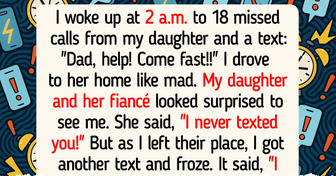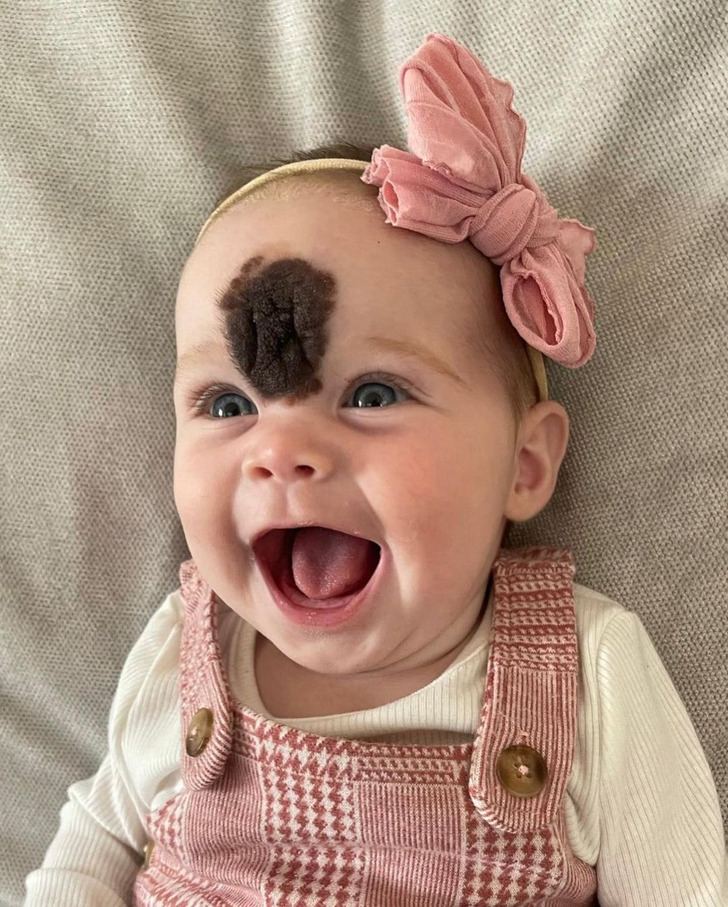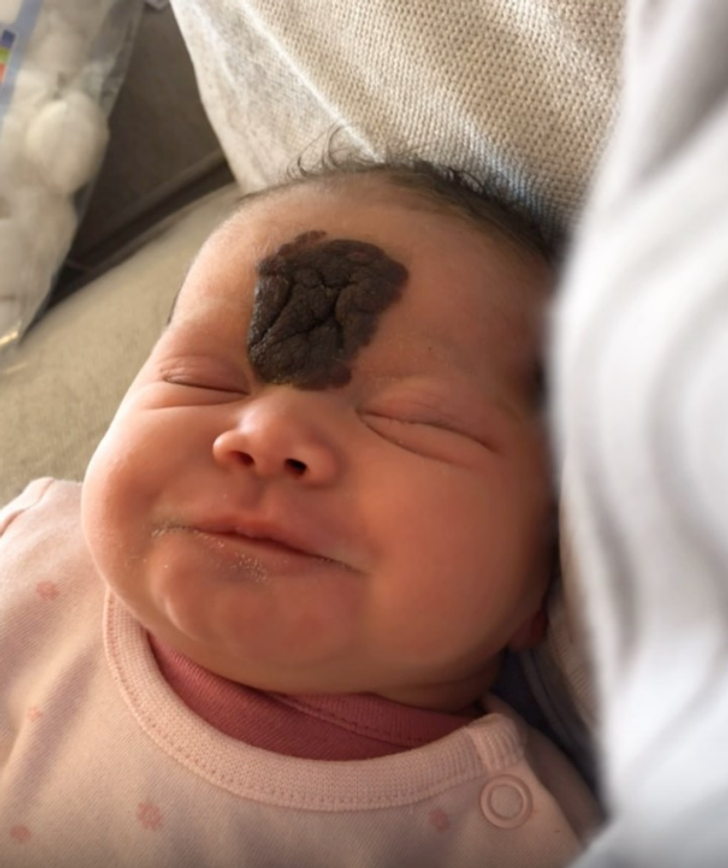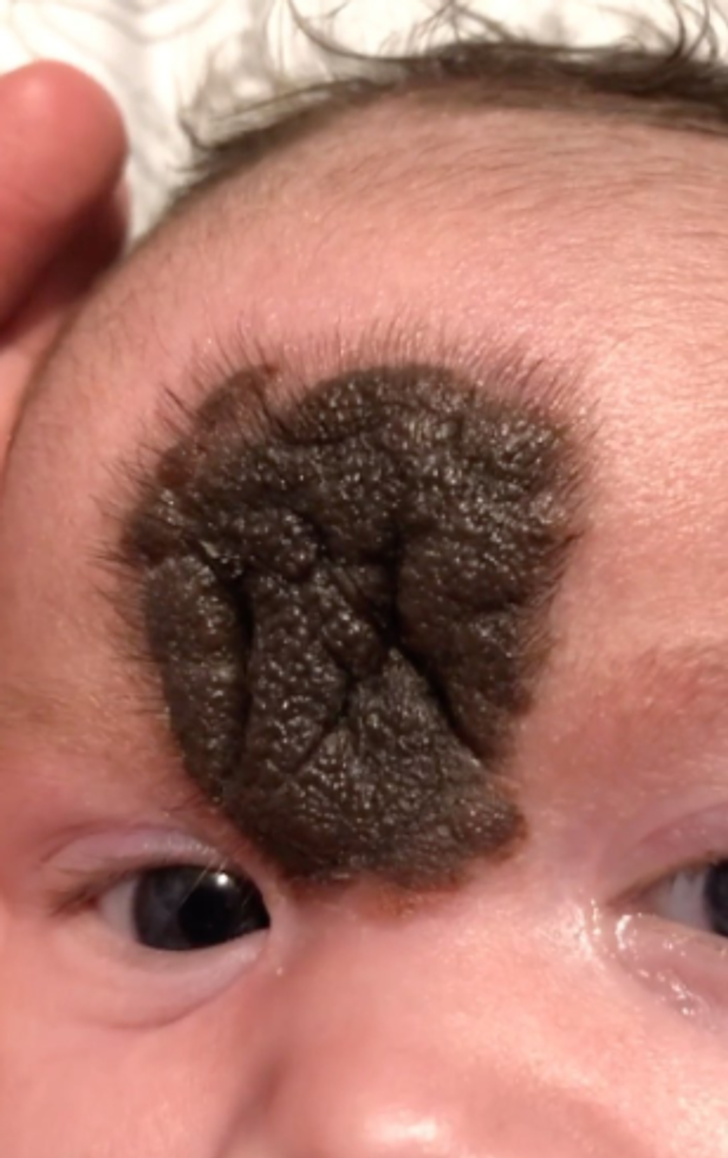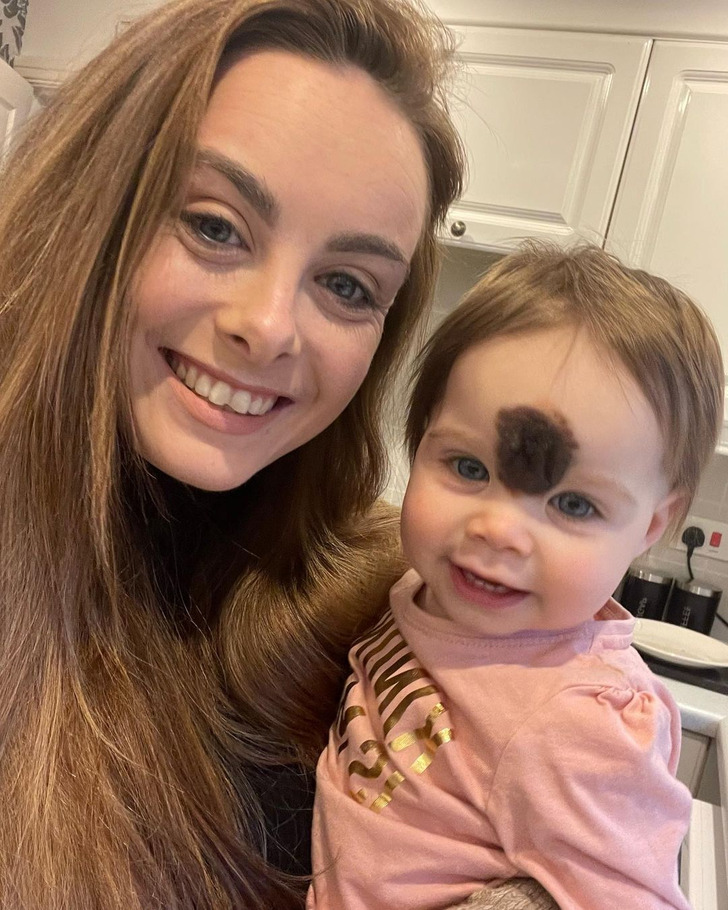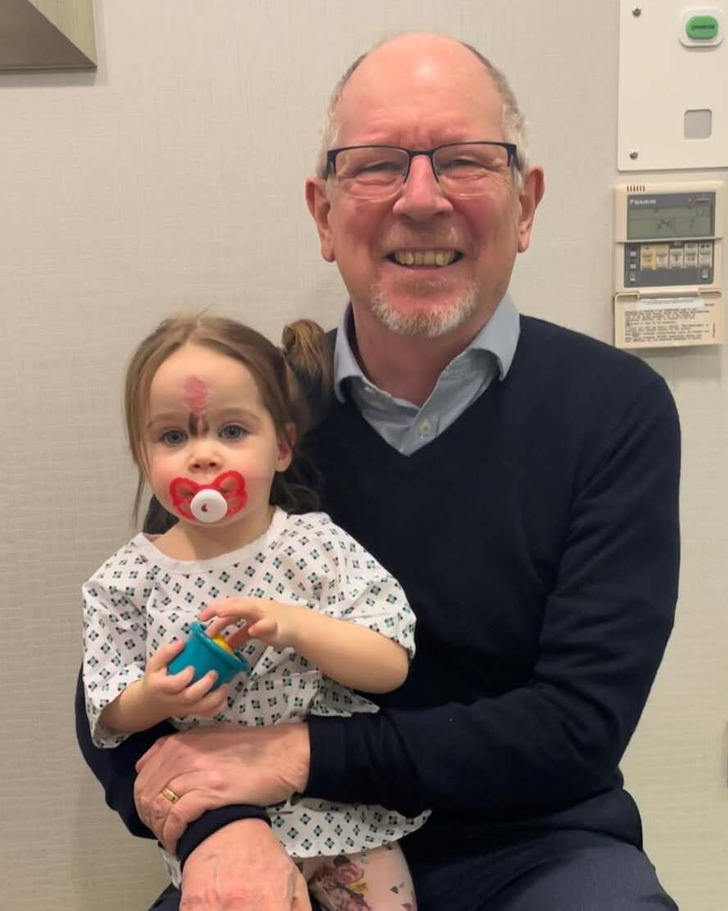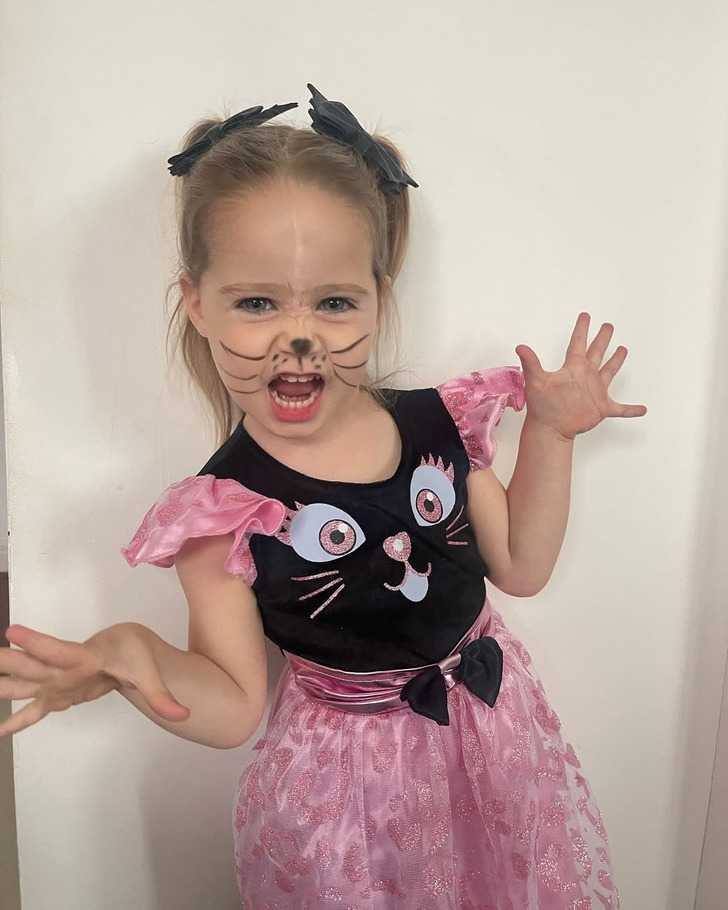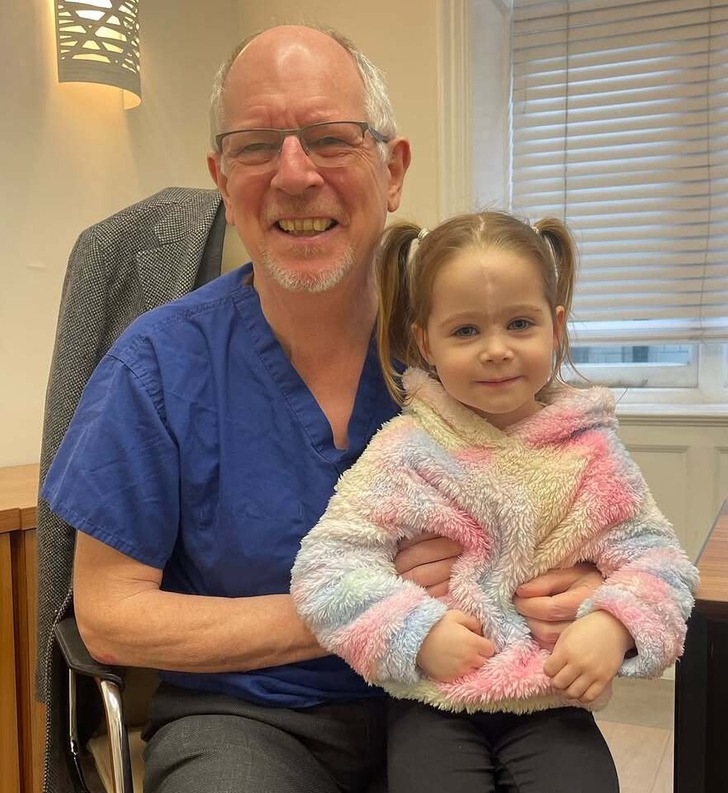Doctors refusing to help this child through what would have been, mental health, is absurd! This was NOT a surgery to remove her body parts or transition her, not to harm her in anyway, but to make her feel the same as other children. This child was beautiful before the surgery, but I agree with the parents 100%! We want our kids to feel beautiful. Parents have the kids ears nipped and other things that won't harm them but will certainly HELP them, in the long run! Beautiful little girl either way, but now she will KNOW she is beautiful!
“We Got Stares,” Parents Chose to Remove Their Daughter’s Rare Birthmark to Prevent Teasing

A grateful mother has opened up about the emotional journey she and her baby girl went through as they finally said goodbye to a prominent birthmark on the child’s forehead. What was meant to be a joyous milestone, however, was clouded by unexpected criticism from medical professionals, who questioned her decision to seek treatment.
A rare birthmark
Meet the story of Celine Casey and her four-year-old daughter, Vienna Brookshaw, who was born with a congenital melanocytic nevus (CMN) on her forehead, an uncommon birthmark that affects only one out of every 20,000 newborns. When finding out about the birthmark, Celine was filled with concern, feeling as though she might have somehow made a mistake during her pregnancy, with no understanding of what the birthmark would mean for her daughter. What she did know was that she wanted it eliminated, aiming for her daughter to grow up without feeling different.
Although the birthmark posed no risk to Brookshaw’s physical health, Casey recognized the potential emotional toll it could take as her daughter grew older and faced questions from curious peers. Celine recalled that at times, the family felt compelled to hide Vienna’s birthmark by covering her face, saying, “We went out daily with her, and we got a few stares.”
However, getting the surgery wasn’t easy.
When the family turned to the NHS for help, they were met with disheartening news. Doctors explained they couldn’t perform the procedure, as it was considered cosmetic and therefore not eligible for coverage.
But the parents saw things differently. They feared their daughter would face teasing from other children, which could harm her mental health early on. Casey also worried that if the birthmark wasn’t removed, her daughter might one day resent both her and her partner for not taking action.
The parents decided to act on their own and raise the necessary money privately. After organizing crowdfunding, they raised the required amount in 24 hours. However, hospital costs increased in 2020, and they needed to raise more. With a new funding request, they finally met their goal.
They faced hard times with doctors.
A disagreement between the medical team and the parents has caused a rift in opinions. Vienna’s parents sought to have the mark removed through surgery, but the surgeon declined to perform the procedure. The surgeon’s position is based on the belief that only the child, once she is of age, should be the one to make such a decision.
Following the emergence of this controversy, Daniel Brookshaw, Vienna’s father, expressed his disappointment with the doctor’s opinion. The doctor also mentioned consulting with a dermatologist who agreed with the surgeon, citing that the mark doesn’t threaten Vienna’s health, nor is it cancerous.
In the end, the surgery was successfully carried out.
When Vienna was two years old, her doctors successfully removed the birthmark, leaving only a faint scar between her eyebrows. Casey regularly shares updates on little Brookshaw’s recovery journey on social media, where followers often praise how beautiful her daughter looks.
Casey shared that, although the birthmark is gone, they still travel between cities for follow-up appointments to monitor the healing process and assess whether any additional procedures are needed. Now, Brookshaw is enjoying life like any other typical four-year-old.
Vienna’s story highlights the delicate balance between parental advocacy and a child’s autonomy in medical decisions. While her parents were driven by a desire to protect her social well-being and ensure acceptance by removing her birthmark, medical professionals emphasized the importance of preserving Vienna’s future right to make decisions about her own body.
Her journey serves as a powerful reminder of the ethical complexities involved when parental authority intersects with a child’s individual rights. It prompts broader reflection on how the medical community navigates such cases — especially when physical features like birthmarks raise questions about identity, self-image, and consent.
Comments
As an adult who was bullied as a child, I would have to say that her parents made the right decision. Kids are mean.
Related Reads
13 People Whose Unbelievable Transformations Made Us Do a Double Take
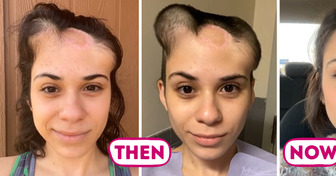
A Baby Was Born with a Rare Skin Condition That Confused Doctors for 20 Years — Now He Looks Completely Unrecognizable
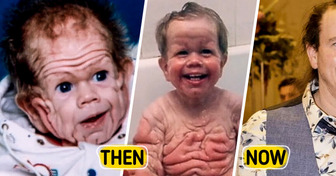
Meet 14 Women Who Stole the Hearts of Our Favourite Actors

Descendants of the Most Handsome Actors of the 20th Century at Their Most Look-Alike Moments
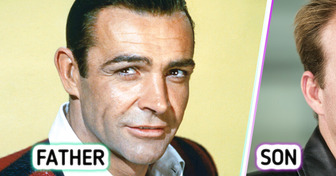
“Looks Like She Had Her Implants Removed,” Scarlett Johansson Debuts Her New Figure
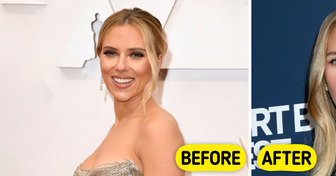
“This Is Alarming!” Sharon and Kelly Osbourne Break Silence With First Red Carpet Return, Fans Are Shocked

15 Hidden Costume Details in Movies and Shows You Probably Never Noticed
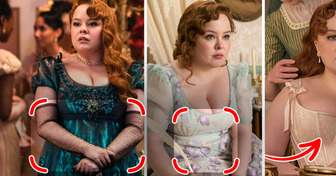
15 Iconic Runway Moments Proving the Fashion World Is Truly Astonishing
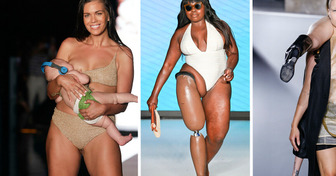
These 15 Women Show That Body Hair Is Nothing to Hide

10 Celebrities Whose IQs Are Astonishing — Some Might Even Beat Einstein

12 People Who’ve Changed So Drastically, It’s Hard to Believe They’re the Same
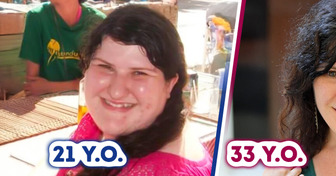
11 People Share Stories with Plot Twists Even Hollywood Can’t Top
